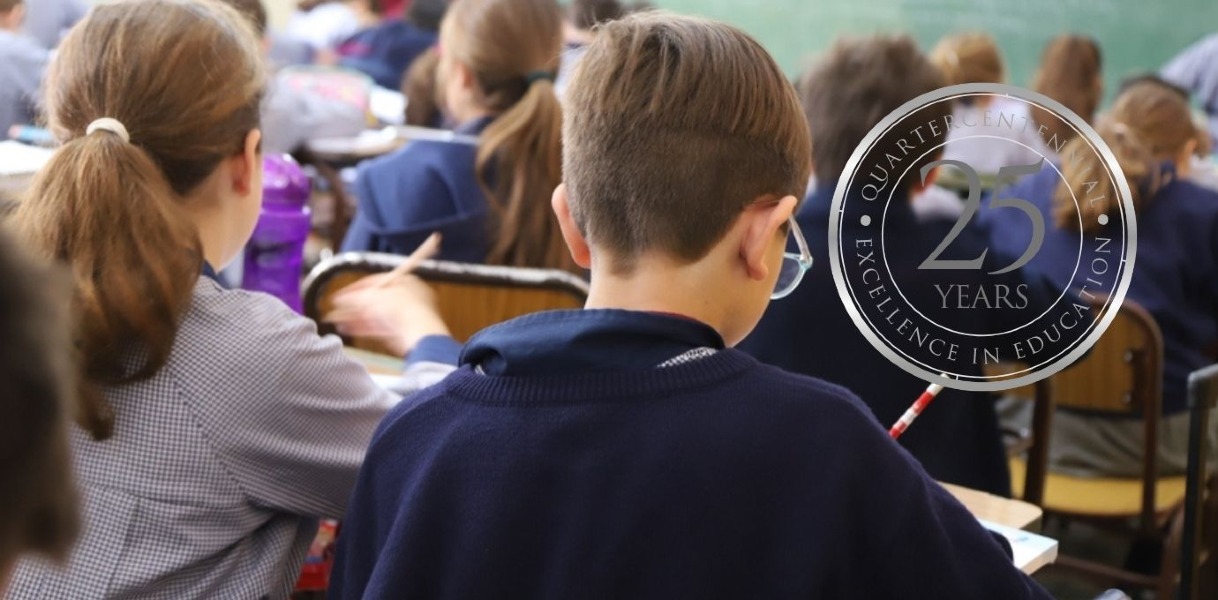The quality of the relationship formed between student and educator is a fundamental contributor to a child’s educational success.
While both classroom teachers and private tutors share the goal of facilitating a child’s learning, the environment in which they deliver their skills and knowledge could not be more different.
The classroom context
In traditional classroom settings, teachers face the complex challenge of forming connections with students against the backdrop of a room full of children with varying needs and abilities and, due to timetable requirements, that also rotate frequently from class to class throughout the day.
Across this constantly changing scene, the teacher needs to build group cohesion for lessons to run smoothly. This inevitably means that the student-teacher relationship is more formal and structured and less individualised. Trust develops through the consistent application of rules, transparent assessment practices, and the teacher's personal ability to create an environment where all students feel valued within a large group dynamic. Individual rapport is slow to build in these conditions.
The tutor one-to-one advantage
Private tutoring offers a very different relationship-building backdrop. Without the simultaneous and competing demands of multiple children, coupled with a need to maintain classroom order, private tutors are uniquely enabled to dedicate their full attention to understanding their tutee’s individual learning style, emotional needs, and motivational drivers.
In some cases, within a few minutes of observation, a tutor has been able to tune into their student’s personality signals enabling adaptations in communication styles in real-time. They work in a much easier environment in which to read and react to the subtle cues of a single student that would otherwise be missed in a busy classroom.
This focussed attention naturally enables students to experience genuine individual attention and have their specific concerns addressed with care and expertise.
The video clip below is of Baxter, a Tutors International tutor, explaining his own experiences of building rapport with his students. Drawing on his career history he brings personal comparisons from both a classroom and private tutor environment. He explains how, in a classroom setting, it could take months to get to know his students, but the timescale ranged from just minutes, to only a few days when he became a private tutor.
He finishes with this thought:
“Tutoring is the one thing allowing a teacher the opportunity to do everything in their power to progress a student. You don’t get that with a classroom of 35 students. It’s impossible.”
In conclusion
A child that has a good rapport with their teacher is building the foundation needed to succeed in their learning journey. But accessing the required nurtured learning environment can be tricky.
While classroom teachers excel at creating inclusive communities with collaborative learning, private tutors offer unparalleled opportunities for deep, individualised connections that can unlock a student's specific potential.
The most effective educational journeys often incorporate both approaches, recognising that different students thrive under different relationship models at various stages of their academic development.
Ultimately, whether in a bustling classroom or quiet home-based study room, the educator's commitment to genuine connection remains the cornerstone of transformative learning.


